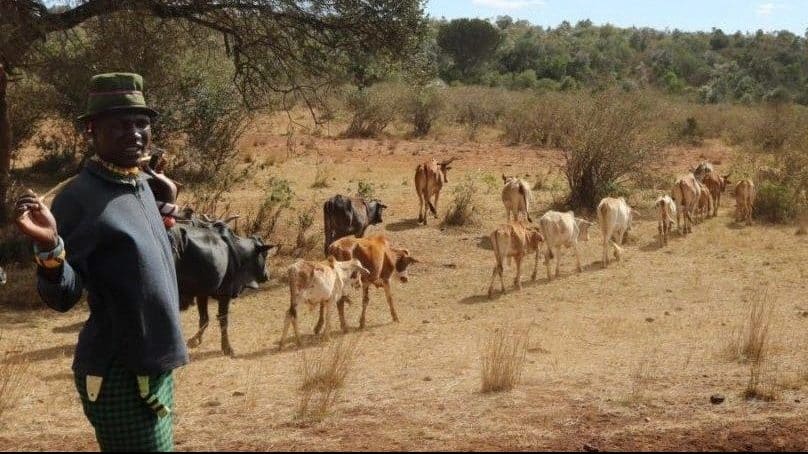The ongoing fragmentation of pastoral drylands is a matter of concern throughout Africa. Using the example of rangelands in northern Baringo County, Kenya, that were under uniform pastoral use until the late twentieth century, we trace land-use and land-cover changes (LULCCs) since the 1980s. Based on ethnographic, historical, and remote sensing data, we show how bush encroachment and dryland farming have led to the increasing modification and conversion of formerly open rangelands and the diversification of livelihoods. These LULCC dynamics are related to and driven not only by internal processes of socioeconomic change (e.g., sedentarization, changing rangeland management practices, growing markets for small stock, increasing stratification, and cultural differentiation) but also by ecological processes such as wildlife defaunation and ecological invasions. Based on our findings, we suggest that a socioecological approach to Kopytoff’s notion of the internal African frontier can be helpful in framing these LULCC-related dynamics.
Greiner, C, Vehrs, HP, Bollig, M 2021, ‘Land-use and land-cover Changes in Pastoral Drylands: Long-term Dynamics, Economic Change, and Shifting Socioecological Frontiers in Baringo, Kenya’ Human Ecology, DOI.






